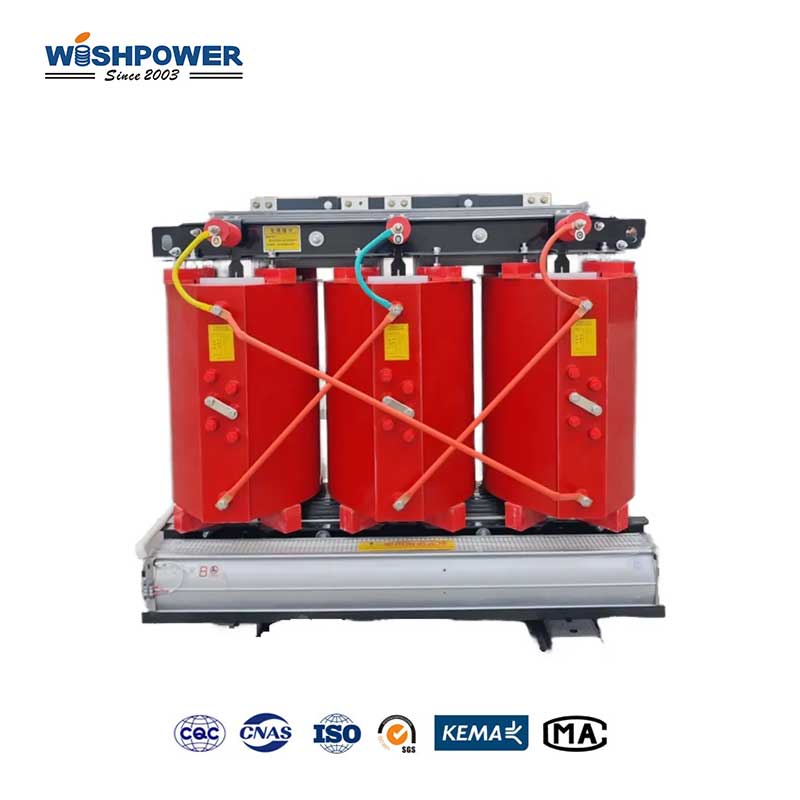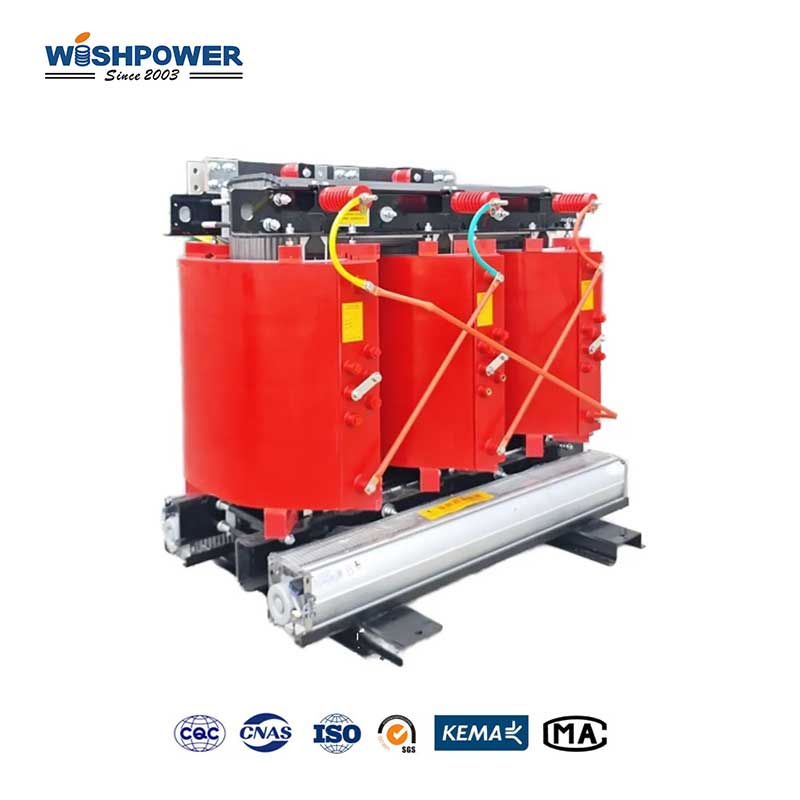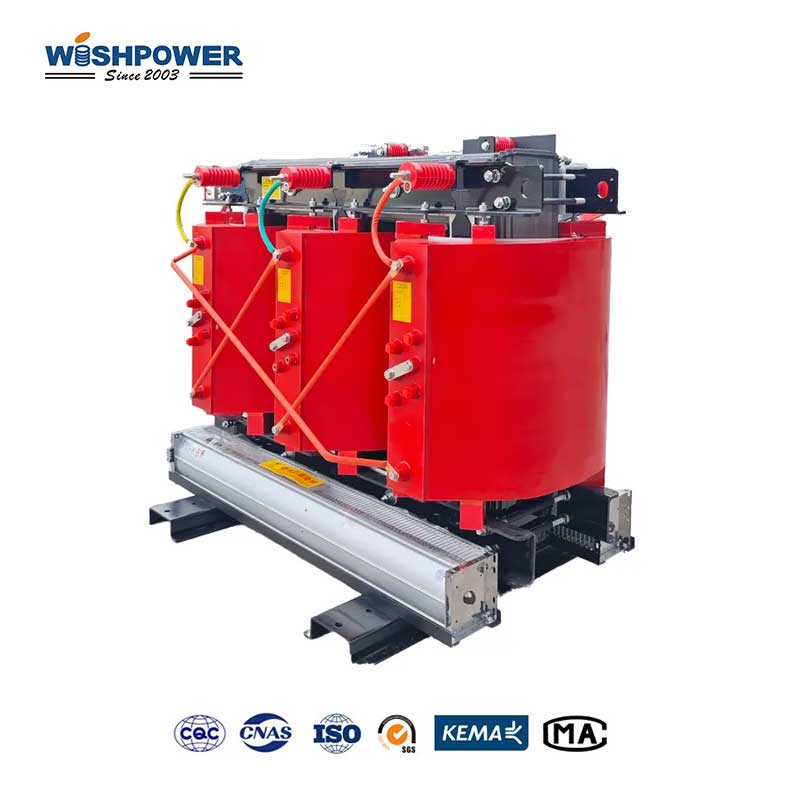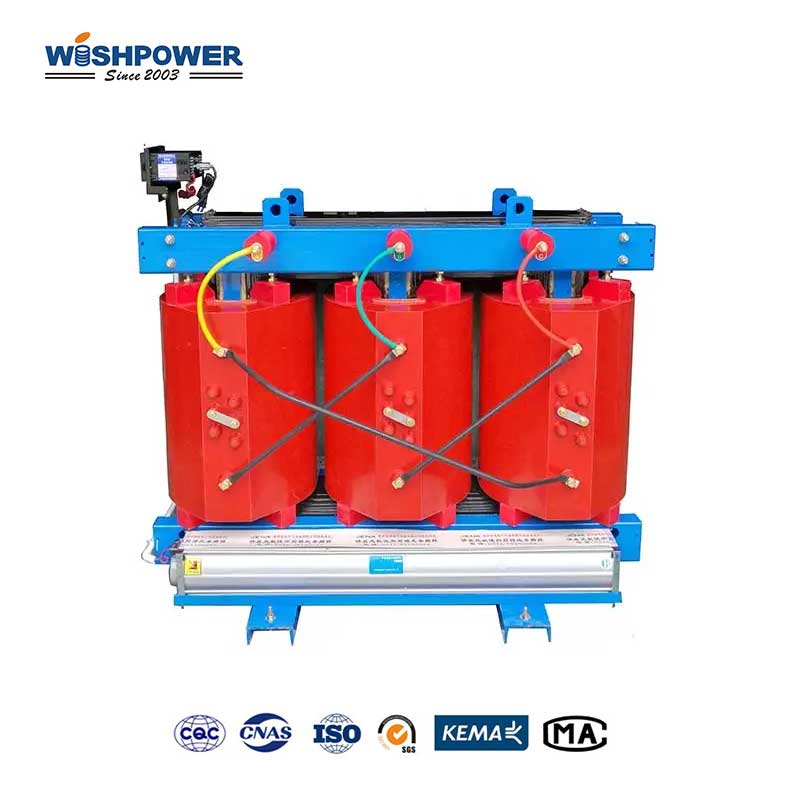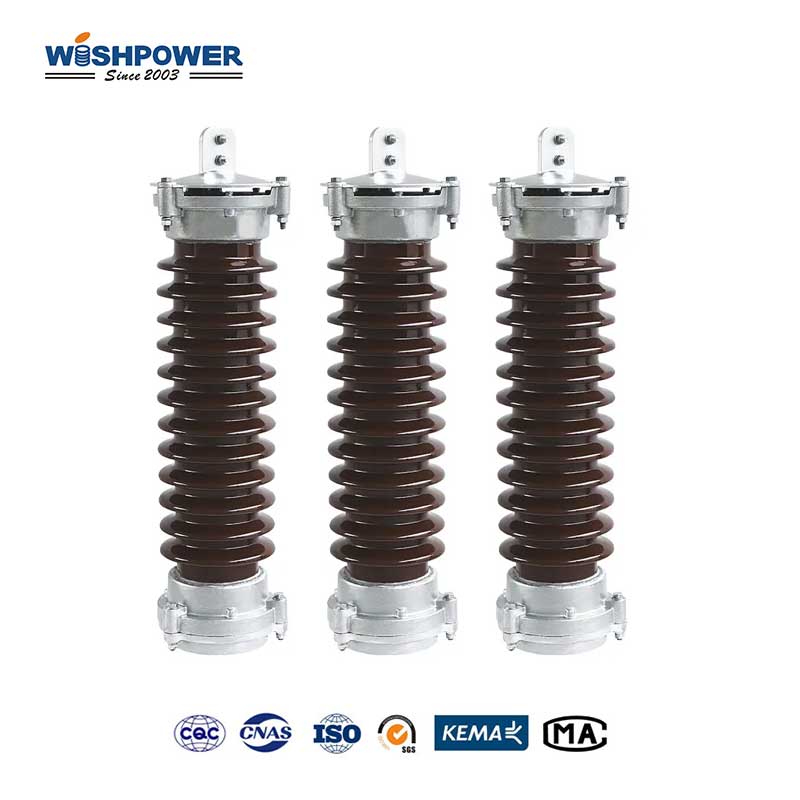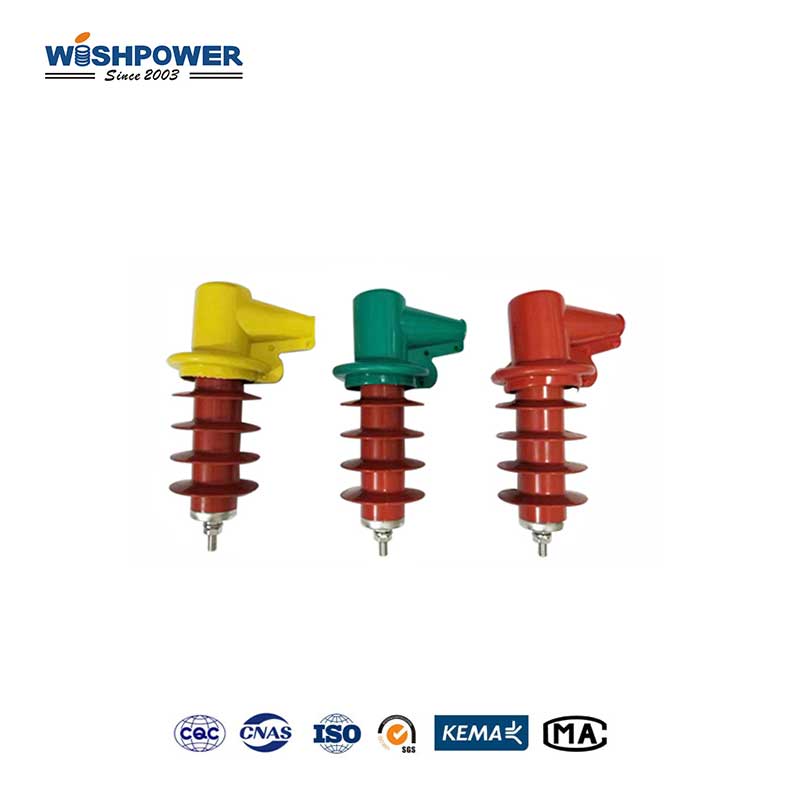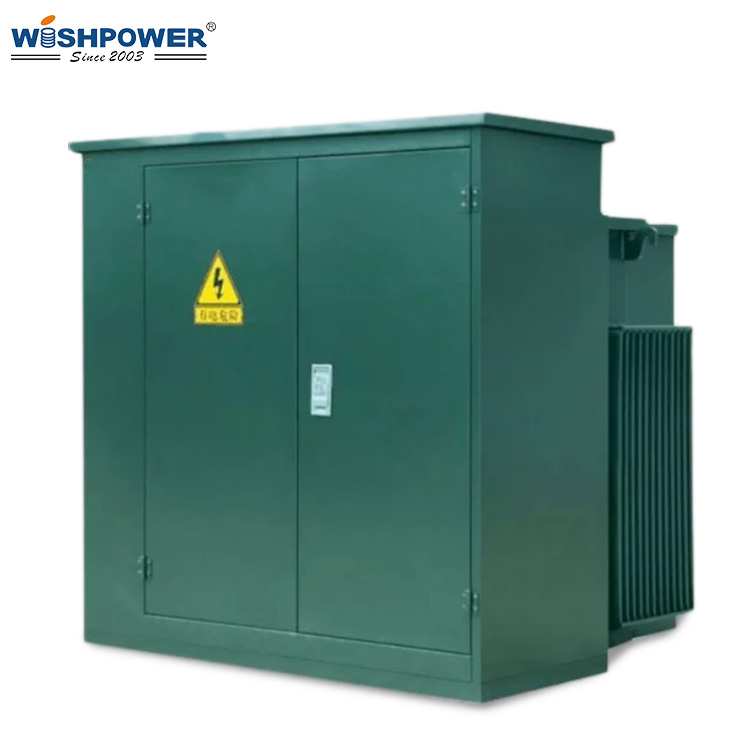Specification
|
Rated Capacity
|
No load Loss(W)
|
Load Loss(W)
|
No Load current(%)
|
|
100kVA
|
700
|
2200
|
2.4
|
|
160kVA
|
880
|
2960
|
1.8
|
|
200kVA
|
980
|
3500
|
1.8
|
|
250kVA
|
1100
|
4000
|
1.6
|
|
315kVA
|
1310
|
4750
|
1.6
|
|
400kVA
|
1530
|
5700
|
1.4
|
|
500kVA
|
1800
|
7000
|
1.4
|
|
630kVA
|
2070
|
8100
|
1.2
|
|
800kVA
|
2400
|
9600
|
1.2
|
|
1000kVA
|
2700
|
11000
|
1.0
|
|
1250kVA
|
3150
|
13400
|
0.9
|
|
1600kVA
|
3600
|
16300
|
0.9
|
|
2000kVA
|
4250
|
19200
|
0.9
|
|
2500kVA
|
4950
|
23000
|
0.9
|
The table above is just one of our product parameters. If you want more information, please get in touch with info@wishpower.net
What is the Amorphous Alloy Transformer?
The Amorphous Alloy Transformer has been developed as an energy-efficient transformer. This transformer differs from traditional transformers in that the core is from an unusual alloy without a crystalline structure, achieved with rapid molten metal cooling. Given its various amorphous structures, these losses (especially that of core losses or no-load losses) are also relatively low, especially if there is no power being sent to the bulkhead. Its main advantage comes from its ability to reduce power consumption, especially in systems with dynamic or lower loads, by a great order of magnitude. The amorphous core minimizes hysteresis loss and eddy current loss inherent in conventional core materials because of their crystalline structure. It is due to this that the transformer is eminently suitable for distribution networks in which energy efficiency is important and in the context of systems aimed at reducing greenhouse gas emissions and energy costs.
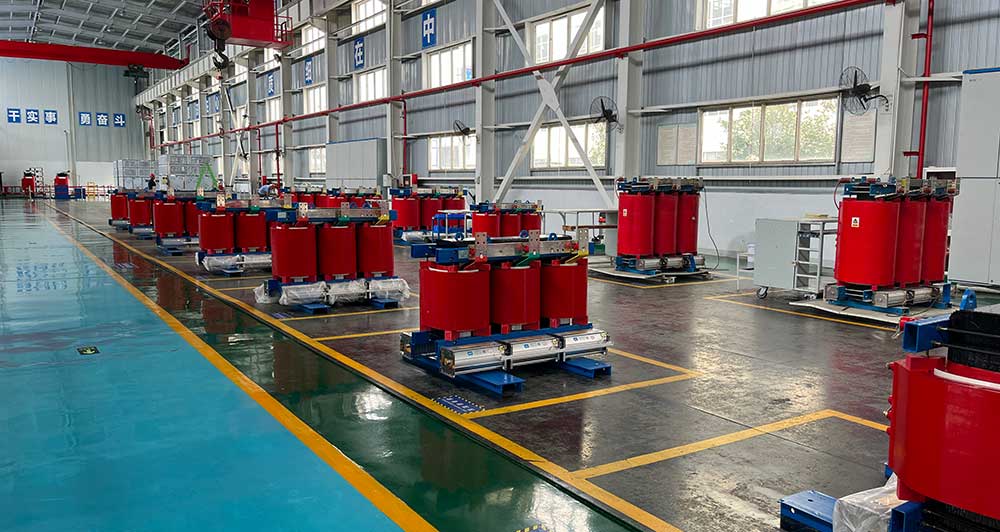
Working Principle
The amorphous metal transformer is based upon an electromagnetic induction principle but has a few major differences from conventional transformers in that its core is a unique amorphous metal. An alternating current (AC) causes a voltage to be induced in a second winding, the secondary when an AC flows through a primary winding and thereby transfers electrical energy from one circuit to another. In this process, the core, consisting of amorphous alloy, is an essential part to maintain the magnetic flux efficiently and to lose the energy losses. Unlike conventional silicon steel cores, the amorphous alloy has a disordered atomic structure. Because magnetic domains reorient so much more easily in response to the alternating current but without losing their identity, this lack of a regular atomic arrangement reduces the resistance this encounter costs it. This leads to minimization of hysteresis loss, i.e. energy loss experienced during magnetization and demagnetization of the core.
Benefits
- Reduced Core Losses
Core losses, particularly no-load losses, are drastically reduced by an amorphous metal core, resulting in higher efficiency than the traditional transformer in a coil configuration. It means that in the long run, there are quite large savings in energy.
- Improved Energy Efficiency
Since this transformer is efficient in minimizing energy wastage in the form of heat, this transformer is quite efficient in varying load conditions and is an ideal power transformer for any power distribution system for energy conservation.
- Environmental Benefits
The amorphous core transformer has lower energy consumption. It contributes to a CO₂ emissions reduction, in line with green energy initiatives and green energy goals.
- Lower Operating Costs
Energy-efficient design results in lower electricity costs to utilities and end users, particularly in regions with variable demand.
- Longer Lifespan
Lower losses mean lower heat generation and correspondingly less wear on componentry, which may increase transformer lifespan and lower maintenance as a result.
- Energy Standards compliance
However, these transformers are usually engineered to meet or exceed international energy efficiency standards — a requirement of many regulatory regimes and a source of incentive.
Application
- Smart Grids
It is used in modern smart grid systems to improve energy efficiency and control the changing loads at the microgrid scale. Being low core losses, they are best suited to reducing energy loss in smart power networks.
- Rural Electrification
In rural and remote areas in large areas, they are very useful because the energy demand might counteract each other. They can perform well under low load conditions, reducing the energy when the power usage is not constant.
- Renewable Energy Integration
The design is well suited to integration with renewable energy sources, like solar and wind. High efficiency allows energy transfer in renewable energy systems to be optimized as energy output is consistent.
- Urban Power Distribution
In densely populated urban areas, these transformers are used to reduce energy losses in distribution networks. This leads to better energy management, especially in cities focused on reducing carbon footprints.
- Environmentally Sensitive Zones
Due to their eco-friendly profile, amorphous steel transformer is applied in areas that prioritize sustainability, such as nature reserves or green industrial zones, where minimizing environmental impact is essential.
Certificate

Factory

Hot Tags: Amorphous Alloy Transformer, Transformer, China, manufacturers, ISO factory, wholesale, KEMA, high quantity, best, price, low to high voltage






